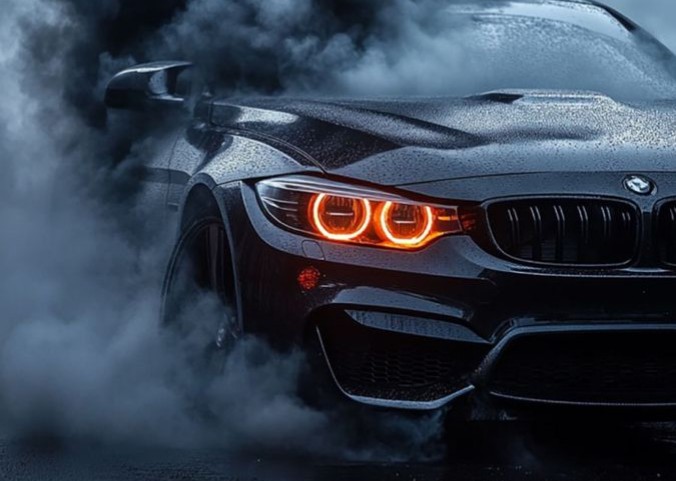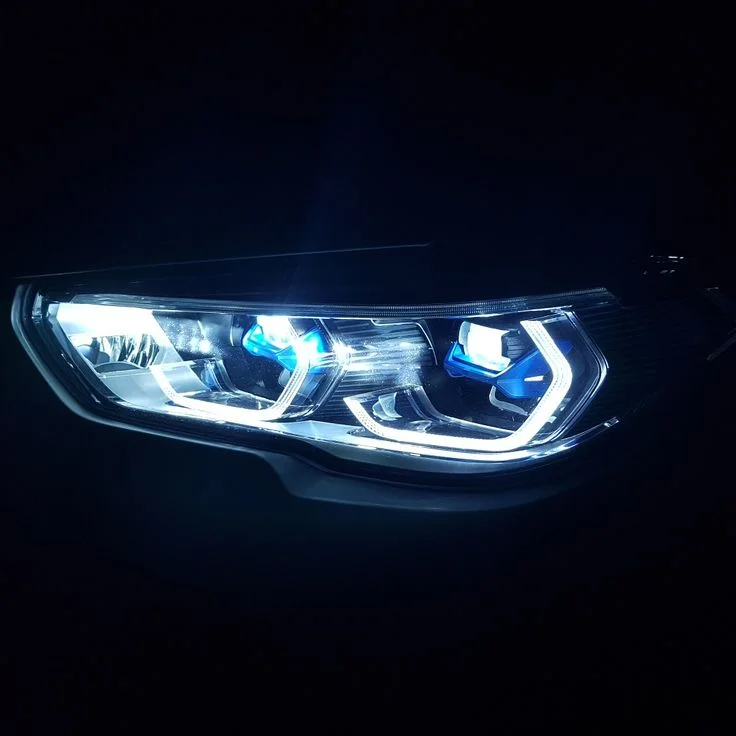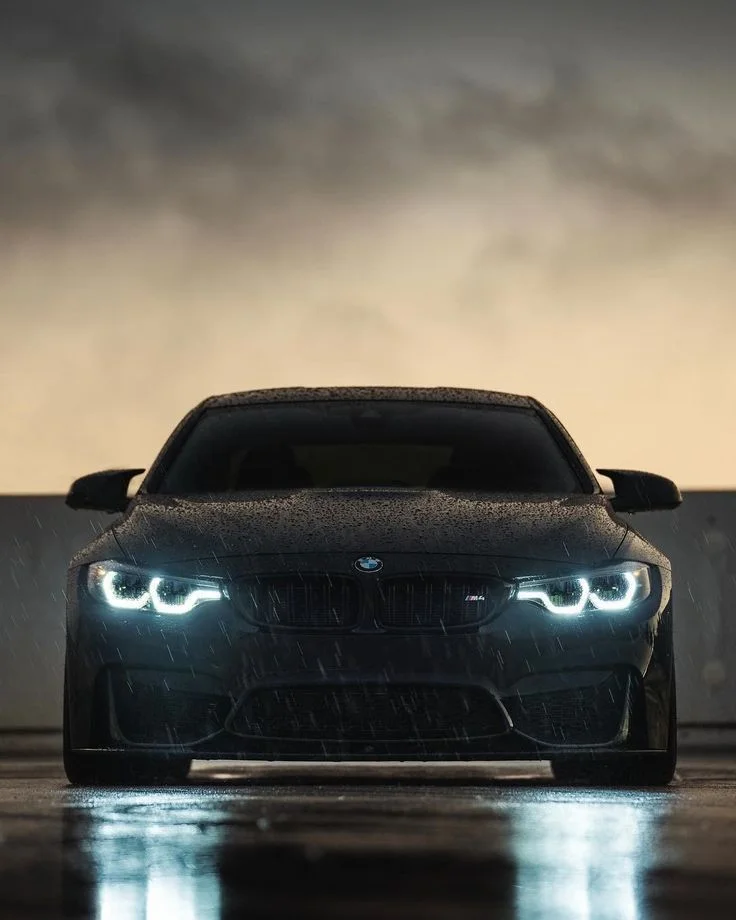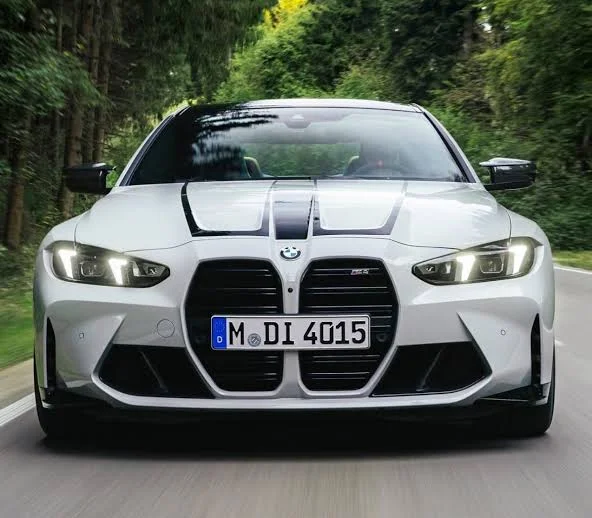In 1996, a French physicist named Jacques Babinet demonstrated how light could be guided through refraction, an innovation that would unknowingly reshape automotive design forever.
Fast forward to 2001, and this centuries old principle became the foundation for one of the most recognizable automotive design elements of the 21st century: the illuminated corona rings that made every head turn on the highway. But what happened to those beloved glowing halos that defined an era of automotive excellence?
The answer lies in a fascinating intersection of engineering evolution, regulatory pressures, and the relentless march toward efficiency that has quietly transformed the automotive landscape.
The Birth of an Icon
The corona rings, officially termed by their creators, not the commonly used “Angel Eyes”, first appeared on the facelifted E39 5-Series in 2001. partnered with Hella to implement CELIS (Central Lighting Systems) technology, which used indirect lighting via refraction rather than traditional direct illumination. The result was those distinctive, uniformly glowing rings that became synonymous with premium German engineering.
The technology wasn't groundbreaking in its complexity, think of those fiber optic novelty lamps from the '90s. Light from a simple halogen bulb with its own reflector would travel through translucent tubes, causing them to glow uniformly before shooting out at specific points. What made it revolutionary was its application and the instant visual recognition it created.
The Autopian's technical breakdown reveals a crucial advantage that modern enthusiasts often overlook: serviceability. When a corona ring burned out, you could swap in a replacement bulb. No breaking into headlight housings. No soldering. No replacing entire assemblies that cost thousands.
The Engineering Reality Behind the Romance
Here's what the marketing brochures never told you: those warm, inviting rings relied on technology that was already becoming obsolete by the time they gained popularity.
CELIS used traditional filament bulbs that generated significant heat. The warm amber glow that enthusiasts still love today was actually a limitation, not a feature. Early LED technology couldn't match that color temperature consistently, which is why the aftermarket initially turned to CCFL (Cold Cathode Fluorescent Lighting) rings for universal applications.
The irony runs deeper. While BMW was perfecting corona rings, Audi was developing what would become the future standard: LED daytime running lights. The German rivalry that drove innovation also sealed the corona ring's fate. LEDs offered superior brightness, longer lifespan, lower power consumption, and crucially for manufacturers, dramatically reduced warranty claims.
The Regulatory Squeeze
The beginning of the end came from an unexpected source: safety regulations designed to protect drivers from excessive brightness.
US Federal Motor Vehicle Safety Standard 108 limits headlight output to 150,000 candela, while European systems allow up to 430,000 candela. This regulatory split created a nightmare for manufacturers trying to develop global platforms. Forbes reported that these restrictions killed BMW's laser headlight technology, and the same regulatory pressures made traditional corona rings increasingly difficult to justify from an engineering standpoint.
Modern matrix LED systems can provide adaptive lighting that adjusts beam patterns in real-time, improving safety while staying within regulatory limits. Corona rings, with their fixed output and heat generation, couldn't compete with this functionality.
The Snake Eyes Evolution
BMW's solution came in the form of what enthusiasts now call “snake eyes” slimmer, more aggressive LED elements that maintain brand recognition while embracing modern technology. The 2025 LCI (Life Cycle Impulse) refresh of the G80 M3 and G82 M4 represents the clearest departure from traditional corona rings to date.
These new designs use dual ring LED elements that create a predatory, focused appearance hence the "snake eyes" nickname. They're brighter, more efficient, and offer the adaptive functionality that modern safety standards demand. But they've also sparked passionate debate among BMW enthusiasts who see them as the end of an era.
The technical advantages are undeniable: LED technology allows for precise beam control, lower power consumption, and integration with advanced driver assistance systems. Modern BMW headlights can now communicate with the vehicle's cameras and sensors to avoid blinding oncoming traffic while maintaining maximum illumination for the driver.
What We've Lost
The transition reveals a fundamental tension in automotive development: the balance between emotional design and functional improvement.
Corona rings represented more than lighting technology, they were a statement of intent. That warm glow suggested craftsmanship, attention to detail, and a connection to driving that transcended mere transportation. Modern snake eyes, for all their technical superiority, feel more clinical. They're undeniably effective but somehow less soulful.
Yet the new systems offer capabilities that would have seemed impossible in 2001. They can adapt to weather conditions, road geometry, and traffic patterns in real time. They last longer, use less power, and provide better visibility. From a pure engineering standpoint, there's no contest.
The Aftermarket's Last Stand
Interestingly, the aftermarket has become the final guardian of corona ring aesthetics. Companies like BayOptiks and numerous aftermarket suppliers continue producing LED-based "angel eye" replacements that mimic the original look while offering modern reliability. These systems prove that the design still resonates with enthusiasts who prioritize character over cutting-edge functionality.
The irony is striking: in an era when BMW is moving toward increasingly complex adaptive LED systems, some owners are retrofitting their modern cars with simplified ring designs that harken back to the early 2000s.
The Verdict
The corona rings haven't disappeared, they've evolved. BMW's current design language still incorporates circular or ring-like elements, but they're now part of comprehensive lighting systems rather than standalone features. The warm, welcoming glow of the original Angel Eyes has been replaced by the sharp, purposeful stare of modern snake eyes.
This transformation reflects broader changes in automotive design philosophy. Where once manufacturers could focus on distinctive styling elements, they now must integrate multiple technologies, adaptive lighting, pedestrian detection, emergency signaling into cohesive systems. The result is undeniably more capable, even if it's less romantically appealing.
For enthusiasts mourning the loss of those distinctive glowing halos, remember this: the best automotive innovations often come from constraints. Just as the original corona rings emerged from Hella's interior lighting experiments, tomorrow's breakthrough might emerge from today's regulatory and technical limitations.
The glowing rings everyone loved haven't truly vanished, they've simply evolved into something more sophisticated, even if we're not quite ready to love it yet.






Comments (0)
Please login to join the discussion
Be the first to comment on this article!
Share your thoughts and start the discussion